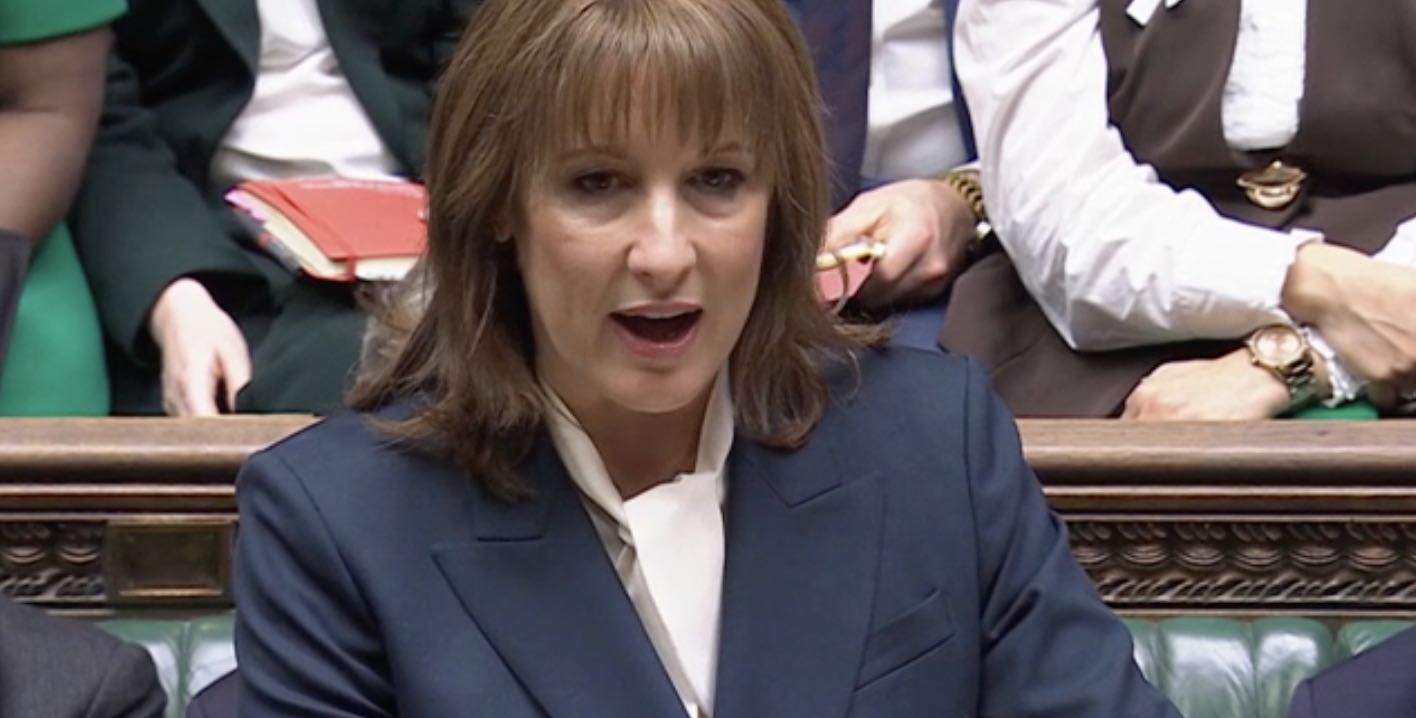
Rachel Reeves making her Budget speech today
In the Budget today Rachel Reeves announced that the amount of cash savings under-65s can put into cash ISAs will be capped at £12,000 from April 2027, with the rest of the £20,000 allowance reserved for investments.
People aged over 65 will retain a £20,000 cash allowance, under the change.
The new rules will only affect new money being invested in ISAs, from 6 April 2027, not existing savings.
Andrew Tully, technical services director at Nucleus, said: “Reducing the maximum Cash ISA saving is unlikely to drive significant additional stocks & shares ISA saving. People using cash ISAs are more likely to instead use some form of cash savings account, which won’t generally drive better outcomes.”
He warned: “We’re in danger that ISAs are becoming too difficult and complex for people to understand and, perhaps more importantly, many of the restrictions caused by having multiple different variants puts barriers in the way of customers and the ability for them to simply and easily move from one type of saving to another as their experience develops.”
He said that could, for example, be achieved by having one main ISA product within which people could simply choose to invest in cash, stocks and shares, or both. And simply and easily move funds between the two as their individual circumstances change.
Jane Sydenham, investment director at Rathbones, said: “Cutting the Cash ISA allowance is unlikely to move the dial in any meaningful way when it comes to encouraging more people to invest – and certainly not in British stocks. Efforts to funnel retail investors into UK equities run counter to the principle of diversification, a cornerstone of good investing.”
She said that people using Cash ISAs are generally not choosing cash as an investment, but as a stepping stone for short-term goals like a house deposit, while benefiting from tax-free interest. “Money displaced from Cash ISAs would likely end up in taxable savings accounts, not the stock market. Forcing risk-taking isn’t the answer – education and choice are. The government should focus on carrots, not sticks.”
Claire Exley, head of financial advice and guidance at JP Morgan Personal Investing, said: “Part of the appeal of the ISA regime when it launched was its simplicity. If there is to be success for consumers in using both cash and investment ISAs to meet their financial needs, the government and industry must ensure no unnecessary friction or complexity for people trying to save or invest for their future.”
Analysis by Investec Save shows the cut in the annual tax-free cash allowance to £12,000 from £20,000 will add nine years to the time it takes savers to reach £500,000 in savings in the average cash ISA.
Currently, the average cash ISA pays a rate of 2.79% a year. A saver depositing £12,000 a year will take 28 years to save £500,000 compared with 19 years if they were able to save £20,000. Savers depositing £12,000 a year into a current top 10 cash ISA paying an average rate of 4.17% will take 25 years compared with 17 years if they were able to save £20,000.
David Hunt, head of deposits, Investec, said: “The reduction in the annual cash ISA allowance makes it significantly harder for savers to build meaningful long-term wealth.”